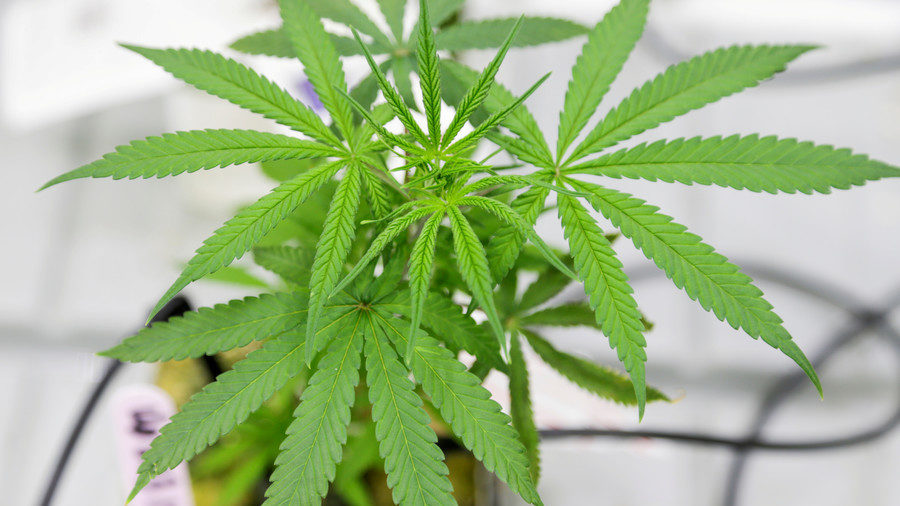To many that may seem like a good thing, but just the opposite is true.
"We know that high-potency products should not have a place in the medical realm because of the high risk of developing cannabis-use disorders, which are related to exposure to high THC-content products," said the study's lead author, Alfonso Edgar Romero-Sandoval, M.D., Ph.D., associate professor of anesthesiology at Wake Forest School of Medicine, part of Wake Forest Baptist Health.
"Several earlier studies showed that levels of up to 5% tetrahydrocannabinol (THC) -- the main psychoactive compound in marijuana that provides pain relief as well as intoxication -- were sufficient to reduce chronic pain with minimal side effects."
The goal of this study was to evaluate the advertised THC and CBD content of legal cannabis products to determine their suitability for medicinal use, and to compare the potency of the products offered in medical and recreational programs.
The researchers recorded the concentrations of THC and cannabidiol (CBD) -- the non-euphoric compound in marijuana -- in all plant cannabis products provided by legal dispensary websites and compared them between or within the states in the study: California, Colorado, Maine, Massachusetts, New Hampshire, New Mexico, Rhode Island, Vermont and Washington. A total of 8,505 cannabis products across 653 dispensaries were sampled.
Romero-Sandoval's team found that most of the products offered in the medical dispensaries in the study had more than 10% THC and that many had 15% or more, the same as what is available in products at recreational dispensaries.
This is problematic because between 60% and 80% of people who use medical marijuana use it for pain relief, Romero-Sandoval said. The higher the concentration of THC the greater risk, not only for developing dependency, but also for developing tolerance more quickly, which means higher and higher concentrations might be needed to get the same level of pain relief.
"It can become a vicious cycle," Romero-Sandoval said.
"Better regulation of the potency of medical marijuana products is critical. The FDA regulates the level of over-the-counter pain medications such as ibuprofen that have dose-specific side effects, so why don't we have policies and regulations for cannabis, something that is far more dangerous?"
This study provides the scientific evidence to help policy makers correct mistakes and to create a better framework to protect patients, he said.
This study was funded by the Department of Anesthesiology at Wake Forest Baptist Health.
Story Source:
Materials provided by Wake Forest Baptist Medical Center. Note: Content may be edited for style and length.
Journal Reference:
- Mary Catherine Cash, Katharine Cunnane, Chuyin Fan, E. Alfonso Romero-Sandoval. Mapping cannabis potency in medical and recreational programs in the United States. PLOS ONE, 2020; 15 (3): e0230167 DOI: 10.1371/journal.pone.0230167




use less... dilute it... try pure CBD stuff instaed of THC heavy stuff.
anything is better than returning to allophatic CRAP!!!